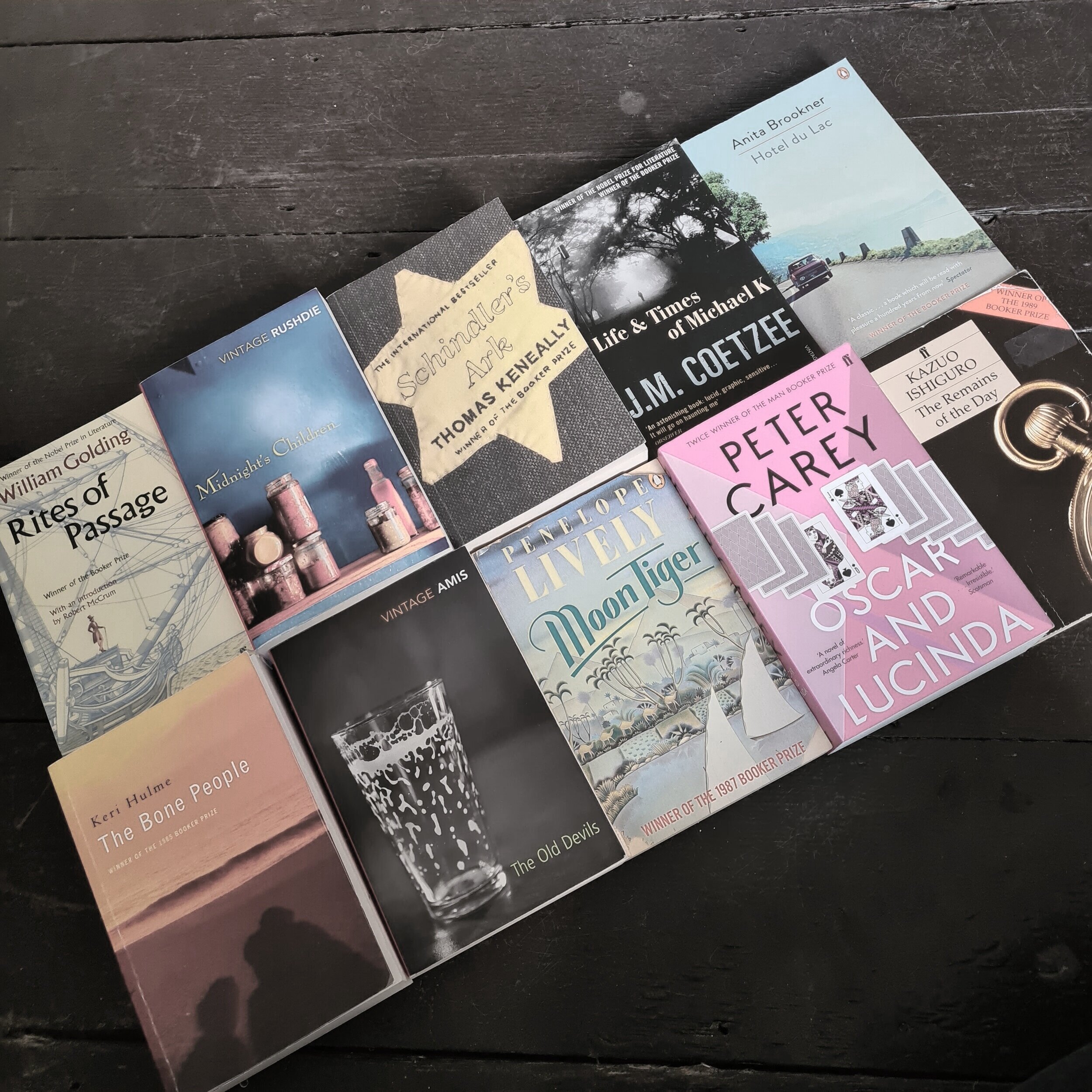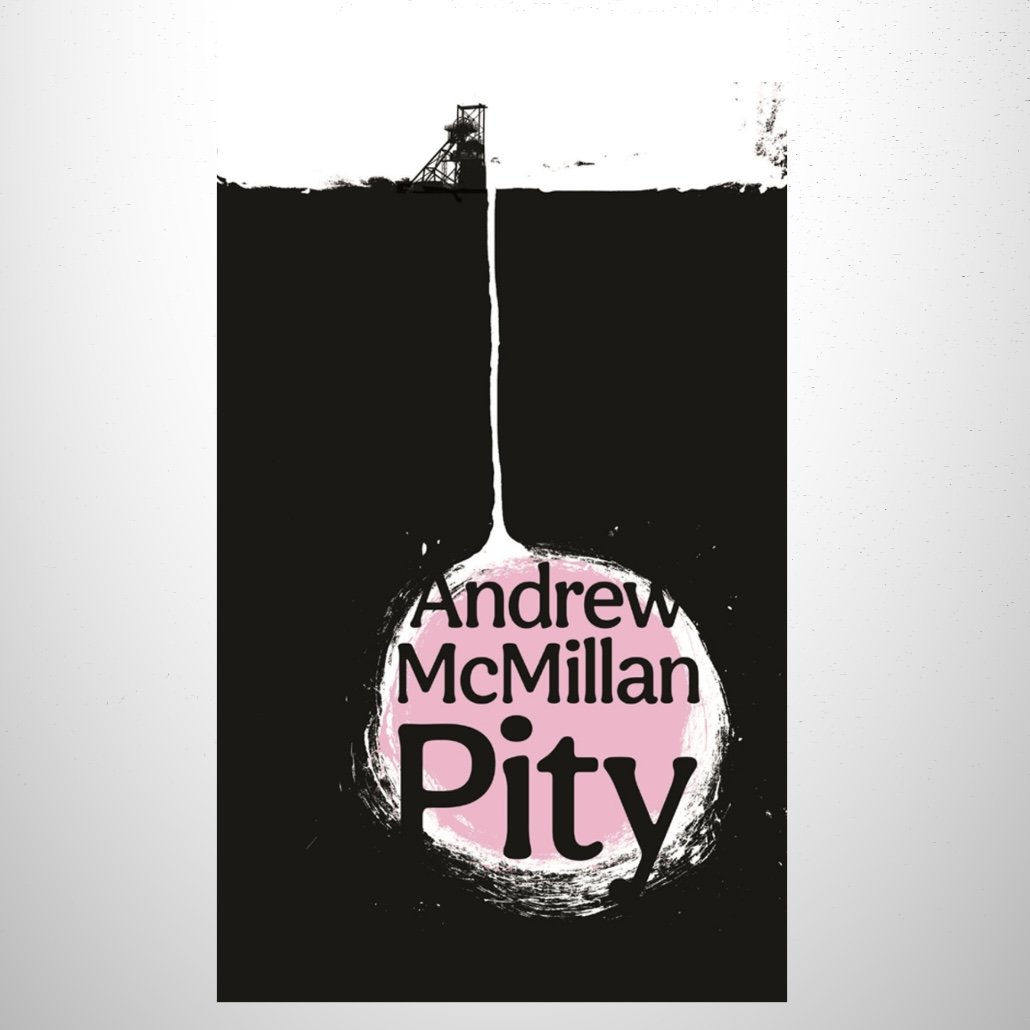
The Land in Winter (2024)
The Land in Winter takes place in a remote community in the West Country of England during the famously harsh winter of 1962-63 (known as the ‘Big Freeze’). It focuses on two couples, neighbours separated by a field. Eric Parry is a local doctor, well-established in the community and married to Irene. They’re ostensibly a picture-perfect upper middle class couple, hosting dinner parties and very much conscious of their elevated status in their small community. The farm nearby has recently been bought by Bill Simmons, on something of a whim. He lives there with his relatively modern young wife Rita, who is adapting from her previous party life in the bars and clubs of Bristol. While Bill is also not exactly poor, he’s from an immigrant family (though not obviously) and the status of ‘farmer’ in the 1960s still very much carried an implication of lower social status than the Parrys. While Eric and Bill struggle to connect (or even really contemplate that they would), their wives are both pregnant and begin to form an unlikely bond.
The Persians (2025)
The Persians focuses on the women from three generations of a wealthy and prestigious Iranian family, the Valiats, whose life paths bifurcated around the time of the Islamic Revolution. While sisters Shirin and Seema left (along with their brother, partners and Seema’s daughter Bita) for the USA, the family’s matriarch Elizabeth stayed behind in their homeland, as did - in more unusual circumstances - Shirin’s then six-year-old daughter Niaz.
The Ministry of Time (2024)
The Ministry of Time is a science fiction romance (with distinct thriller tropes on top of that), focusing on an unnamed civil servant working for the titular government agency in a near-future version of London. She is serving as a ‘bridge’ to one of an initial batch of time travellers, who have been ‘rescued’ from various significant points in history at the moment of their historical deaths. Her ‘expat’ (the name the government gives to the travelers, politically chosen in favour of ‘refugees’) is Graham Gore, a ship commander on board Sir John Franklin’s lost expedition to the Arctic in the 1840s.
The Book of Records (2025)
The Book of Records has as its central thread the story of Lina, a young girl who has been forced to emigrate from her homeland (seemingly part of China), and with her father has arrived at a mysterious enclave called 'the Sea', a shapeshifting and timeshifting fantasy of a refugee camp. In the process they have been separated from Lina's mother and brother, with their present whereabouts and status unknown. Among their minimal possessions are three volumes taken from The Great Voyagers encyclopedia series, which Lina obsessively reads and memorises.
We Do Not Part (2021, trans. 2025)
We Do Not Part is told from the perspective of a woman named Kyungha, an investigative journalist and writer based in Seoul. She lives alone and suffers from recurring nightmares that seem to symbolically intertwine natural elements and mass human suffering. She receives a message from her long-time friend and collaborator, a photographer, artist and filmmaker called Inseon. Inseon has been hospitalised following a woodworking accident, in which the tips of her fingers were sliced off (notably while working on a project suggested by Kyungha and inspired by her dreams, which she had asked her to stop).
Question 7 (2024)
Question 7 is a very difficult book to sum up. In simple terms, it’s a memoir, allowing Flanagan to dig deeper into themes he has explored in some of his novels, such as his relationship with his father (whose experiences on the Burmese Death Railway in WW2 were fictionalised as part of The Narrow Road…) and a near-death experience while kayaking as a young man (which informed his debut). But it’s also much broader than that.
Held (2023)
Held is a very difficult book to summarize in a short paragraph. In some sort of roundabout fashion, it’s a ‘grand historical sweep’ and a family saga, two things I usually very much enjoy. It begins in the trenches of the First World War, before we follow fairly logically into its aftermath, with the return of a soldier to something approaching ‘normal’ life in an early photography studio. In that same section, it takes a leap towards the supernatural, as the faces of his subjects’ loved ones begin appearing in his images. From here, things begin (deliberately) to fall apart, as the ‘novel’ (in as much as it is one) becomes progressively more fragmentary as it travels though the twentieth century and beyond, encountering along the way several generations of descendants of the original characters and the occasional famous figure like Ernest Rutherford or Marie Curie.
My Friends (2024)
In the novel, both Khaled and Mustafa are shot at the protest and hospitalised. From this point, they are unable to return to their home country. The book explores the subsequent relationship, and eventual diverging paths, of the two friends, along with a third, the enigmatic author Hosam. The latter is introduced early in the novel as an inspirational figure in Khaled's life, after hearing his poem read out - unusually in lieu of a news broadcast - on the BBC Arabic World Service, by a presenter who would soon after be murdered in London (another event based closely on real events). Khaled later meets Hosam by chance in Paris, before the writer (no longer writing) joins him in London and becomes a lasting friend.
This Strange Eventful History (2024)
This Strange Eventful History covers the lives of three generations of a Franco-Algerian family, the Cassars, from 1940 to 2010. It begins with a couple of maps that highlight key locations in the novel, alerting us early on to a recurrent theme of the novel, that of dislocation and a lack of a discernable 'home', for a community (of which Messud herself is a direct descendant) represented by the novel's central family.
Restless Dolly Maunder (2023)
Restless Dolly Maunder is the fictionalised story of Grenville’s grandmother, with the author trying to make sense of her mother’s distant and cold impression of the former by imagining the motivations and emotions that drove her ‘restless’ life. It begins with Dolly’s childhood, on a farm in New South Wales in the late nineteenth century. Dolly is a bright and promising pupil at the local one-room school, but grows up in an era when it’s practically unheard of for women to progress in education and take on a job of their own. Her ambition to become a teacher is futile, as teachers must relinquish their role upon marriage, an inevitability for a young woman of her time. Besides, her father couldn’t bear the shame of having a working daughter! ‘Over my dead body’ is his response to her request, and a phrase that haunts Dolly for the rest of her life.
Cuddy (2023)
Cuddy begins with the death of its eponymous hero, St. Cuthbert of Lindisfarne, in 687, and thereafter takes us on a wild and eclectic ride through the centuries, giving us an alternative history of the North-East of England , over which the venerated saint’s influence looms large. Casting an equally grand shadow over the novel is Durham Cathedral, Cuddy’s burial place. The novel is split into four sections and an interlude, the first of which (‘Saint Cuddy’, taking place in 995) follows a band of monks as they carry the saint’s corpse around the North for decades (his body having been evacuated from the island of Lindisfarne in order to protect it from desecration by invading Danes).
Pity (2024)
Pity is a short novel that trains its eyes on the former mining town of Barnsley, near to Sheffield in northern England. It focuses on three generations of the same family, covering the late twentieth century up to the present day (or thereabouts), and almost exclusively focusing on the men of the family.
The Promise (2021)
The Promise charts the decline of the white South African Swart family, at their farm outside Pretoria, over four decades. The novel covers the funerals of four out of five of the core family, against a backdrop of a changing South Africa, from the later years of Apartheid through the optimism of the Mandela years, Zuma-era corruption and into almost the present day.
Lincoln in the Bardo (2017)
Lincoln in the Bardo focuses on the death of Abraham Lincoln's son Willie. It focuses (not sequentially) on the build-up to his death (in which the Lincoln's host a party while Willie lies bed-ridden), his death itself, and the aftermath, in which the grieving president visits his son's crypt and holds his body, all apparently based in historical fact. So far, so simple? Well… the above summary does absolutely no justice to what this novel actually is, which is a joyously unusual thing that mixes historical accounts (real and invented) of those events with a wild supernatural narrative set in the "bardo", a Buddhist term for the "intermediate state" between death and resurrection.
A Brief History of Seven Killings (2015)
A Brief History of Seven Killings is about an attempt on the life of Bob Marley in 1976. Except, of course, it’s about far more than that. It’s also far from brief at almost 700 dense pages, and covers considerably more than seven killings, typically in graphic and visceral detail. It’s actually about several decades of complex and violent Jamaican history, told through a multiplicity of voices from gang leaders to politicians, journalists and seemingly peripheral “ordinary” people. Oh, and a ghost. Because of course.
The Narrow Road To The Deep North (2014)
The Narrow Road to the Deep North tells the story of Dorrigo Evans, a famed war veteran and public figure in his later years, who considers his accolades to be unjustly earned. The novel reflects on major moments in his life, most centrally his role in the Australian Imperial Force during World War II and his regiment's internment as hard labourers on the notorious Burma Death Railway. In this period he is reluctantly installed as the commander of his regiment in the camp, and is forced into making numerous impossible choices that will inevitably lead to the death of his comrades. Against this is a constant thread focusing on his obsession with his brief affair with his uncle's wife, Amy, prior to the war, and his ongoing post-war infidelities to his wife and mother of his children, Ella.
The Luminaries (2013)
The Luminaries takes us to New Zealand, during the Gold Rush years in the mid Nineteenth Century. In straightforward plot terms, it’s a mystery novel centering on the aftermath of a series of seemingly disconnected events in the town of Hokitika. Central is the death of a little-known hermit, Crosbie Wells, alongside the disappearance of a rich young prospector, Emery Staines, and the arrest of opiate-addicted prostitute Anna Wetherell.
Bring Up The Bodies (2012)
Bring Up the Bodies is the sequel to Mantel's 2009 Booker winner, Wolf Hall. It continues to follow the life of Thomas Cromwell, blacksmith's son now risen to Master Secretary to the King's Privy Council. King Henry VIII is tiring of his second wife Anne Boleyn, who has yet to bear him a male heir, and beginning to fall in love with Jane Seymour, a former attendant to the Queen and inhabitant of Wolf Hall.


















